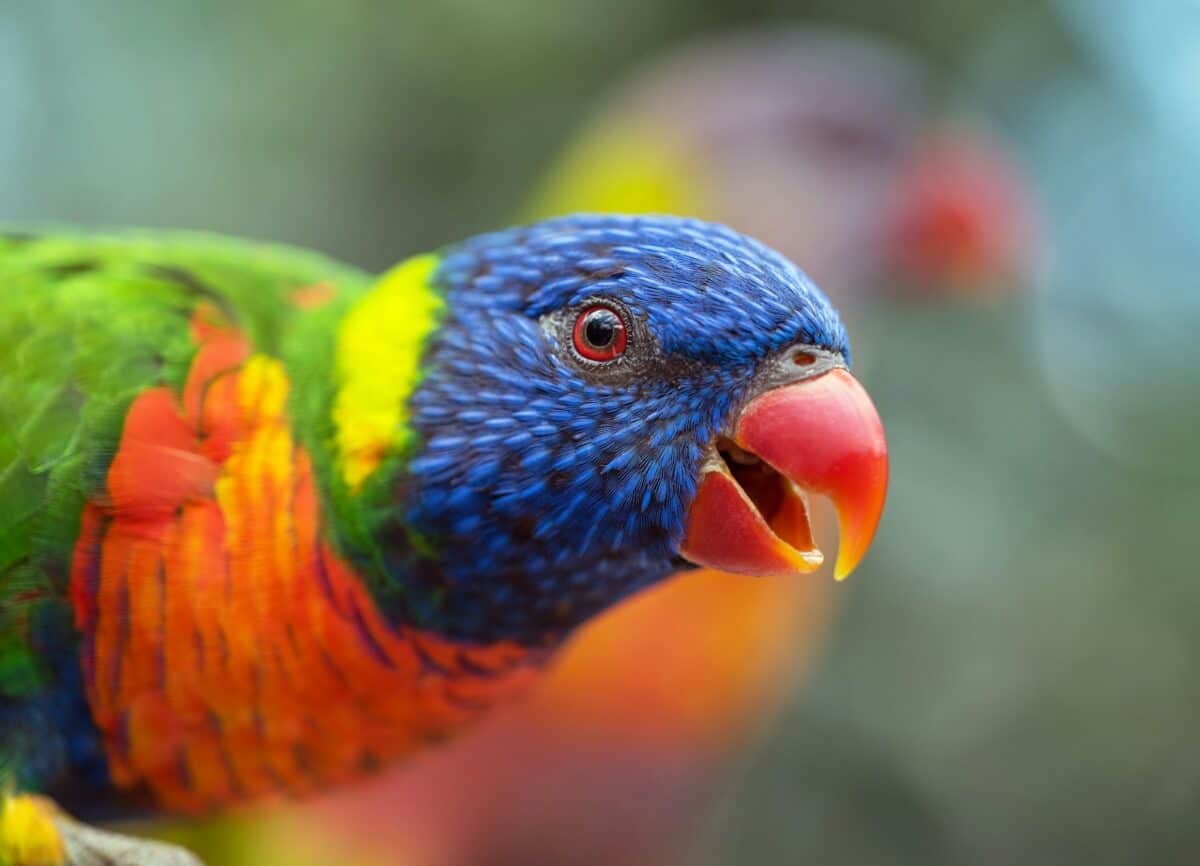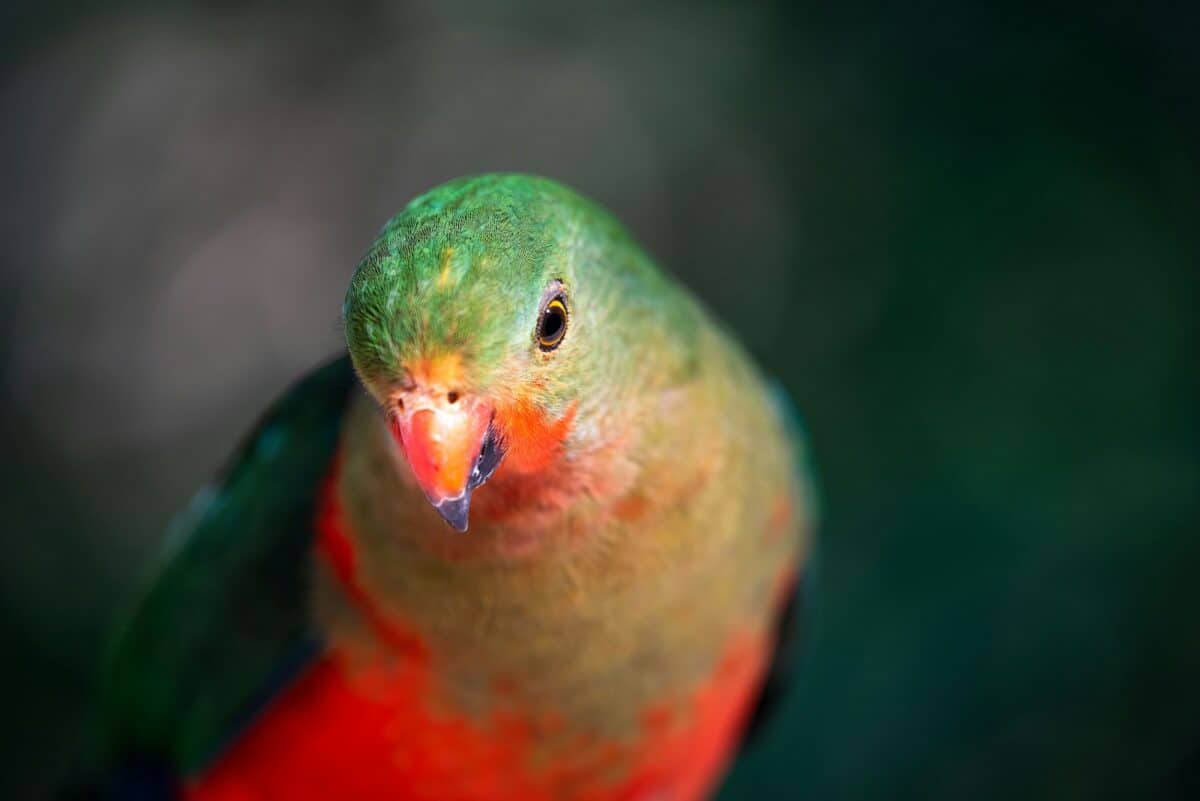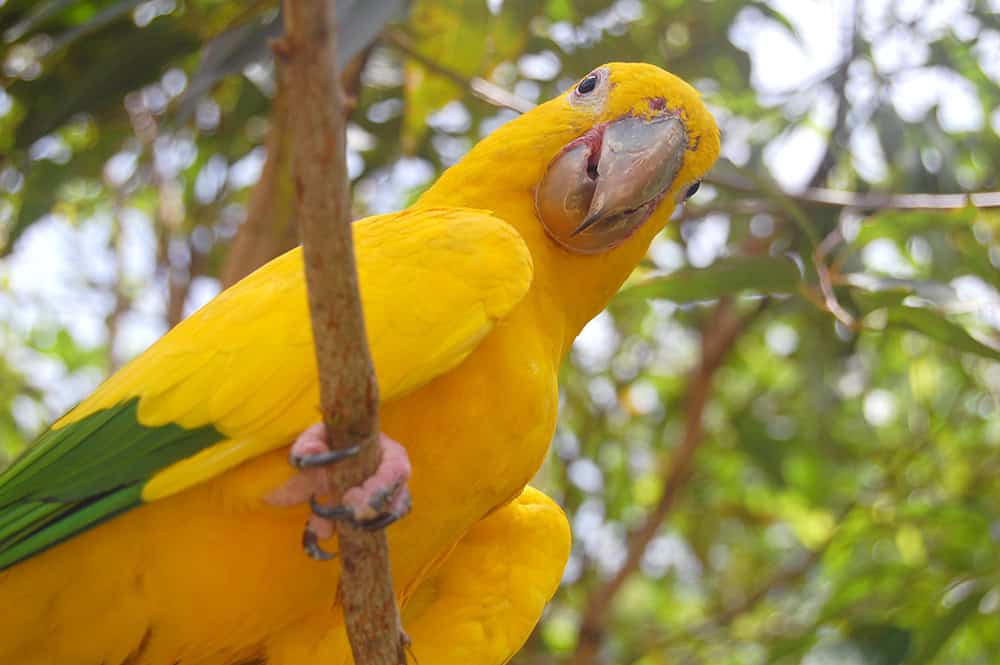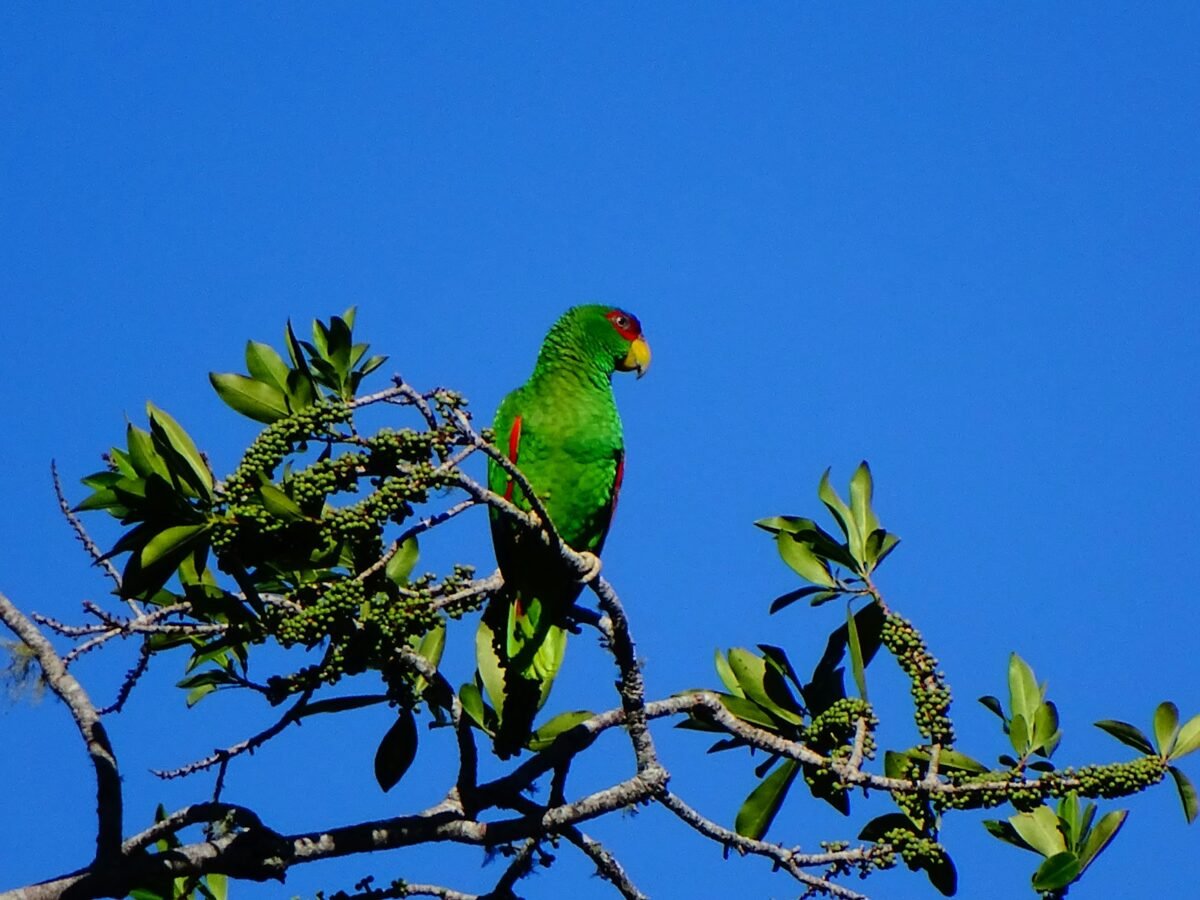Parrots are among the most fascinating creatures in the animal kingdom, largely due to their extraordinary ability to mimic human speech. This unique trait not only captivates bird enthusiasts but also intrigues scientists who strive to understand how these feathered linguists accomplish such feats. In exploring the science behind parrots’ mimicry abilities, this article delves into their cognitive capabilities, the biology of their vocal anatomy, and the role of social interaction in their vocal learning process. Join us as we uncover the scientific secrets behind how parrots learn to speak like humans.
The Fascinating World of Parrot Cognition

Parrots belong to a special class of animals known for their advanced cognitive abilities, rivaled only by a few species such as dolphins, elephants, and some primates. Studies have demonstrated that parrots possess problem-solving skills, memory power, and even the ability to understand abstract concepts. These cognitive talents lay the foundation for their vocal mimicry skills. Parrots utilize their mental faculties to analyze and replicate the sounds they hear, paving the way for engaging verbal exchanges with humans.
The Unique Vocal Anatomy of Parrots

The vocal anatomy of parrots is a significant factor enabling their mimicry capabilities. Unlike humans who use vocal cords, parrots produce sounds using a specialized organ called the syrinx, located at the base of their trachea. The syrinx has the remarkable capability to control airflow and tension of its membranes, allowing parrots to produce a wide range of sounds. This anatomical innovation provides parrots with the versatility needed to imitate complex human speech.
Understanding the Social Context

In the wild, parrots live in complex social structures where communication plays a crucial role. This social necessity drives parrots to become adept vocal learners, as mastering vocalizations can aid in social bonding, warning of threats, and coordinating group activities. When parrots are in captivity, this social drive translates into the mimicry of human speech as a means of forming social connections with their human caregivers.
The Role of Auditory Learning

Vocal learning in parrots is akin to the way humans learn to speak, involving both auditory and social learning components. Young parrots listen intently to the vocalizations of their parents and peers, developing the ability to reproduce these sounds accurately. This auditory process is critical as parrots rely on hearing and practicing sounds repeatedly to perfect their mimicry skills.
Neural Mechanisms of Vocal Learning

Research into the neural systems involved in parrot vocalization has revealed fascinating insights. Parrots, like songbirds, have specialized brain structures, such as the ‘cortico-basal ganglia-thalamo-cortical loops,’ involved in song learning and production. These brain circuits allow parrots to process and produce the intricacies of human-like speech. The neural plasticity in parrots supports their ability to learn and adapt new sounds over time.
The Influence of Environmental Enrichment

In captivity, environmental enrichment plays a significant role in a parrot’s ability to learn and mimic human speech. Providing parrots with ample social interaction, mental stimulation, and exposure to varied sounds can enhance their speech learning process. A stimulating environment encourages parrots to practice vocalizations, increasing their ability to replicate human speech.
Species Differences in Mimicry Skills

Not all parrot species are equal in their mimicry abilities. Some species, such as the African Grey Parrot, are renowned for their exceptional speech imitation skills, while others may only mimic simple sounds. Species differences arise from a combination of genetic factors, their natural vocal repertoire, and their social behavior patterns in the wild.
Factors Affecting Parrot Vocal Learning

Several factors can influence how well a parrot can learn to mimic human speech. These include age, with younger parrots being more adept learners, the frequency of interaction with humans, and the consistency of verbal cues provided. Additionally, the emotional bond between the parrot and its caregiver can motivate a parrot to learn more effectively.
Parrots and Human Interaction

The interplay between parrots and human companions is crucial in mimicry development. Parrots tend to repeat words or phrases more frequently if these are followed by positive reinforcement, such as attention or treats. This interaction provides not just a tool for learning but also strengthens the social bond between parrots and humans.
Challenges in Parrot Vocalization Research

The study of parrot vocalization comes with its set of challenges. Due to their long lifespans and individual variability, it can be difficult for researchers to conduct long-term, controlled studies. Moreover, the diverse nature of parrots’ natural vocal abilities complicates efforts to generalize findings across different species.
Potential Applications of Parrot Mimicry Research

Understanding how parrots mimic human speech could have broader implications beyond ornithology. Insights into parrot communication systems and vocal learning processes may contribute to advancements in artificial intelligence, particularly in speech recognition and production technologies, shedding light on complex cognitive processes shared between birds and humans.
Conclusion: The Enigma of Parrot Speech Mimicry

The miracle of parrot mimicry is a testament to the incredible capabilities of these intelligent birds and their complex social dynamics. By studying how parrots learn to mimic human speech, scientists gain valuable insights into cognitive evolution, vocal learning, and the intricate interplay between brain, behavior, and communication. These lessons don’t just help us understand parrots better; they reveal aspects of human speech, cognition, and the inherent desire for connection that unites us across species lines.
- How Giant Pandas Communicate Without Making a Sound - June 26, 2025
- How Rhinos Use Their Horns (It’s for More Than Defense) - June 26, 2025
- 13 of the Most Deadly Microbial Diseases and How We Fight Them - June 26, 2025

